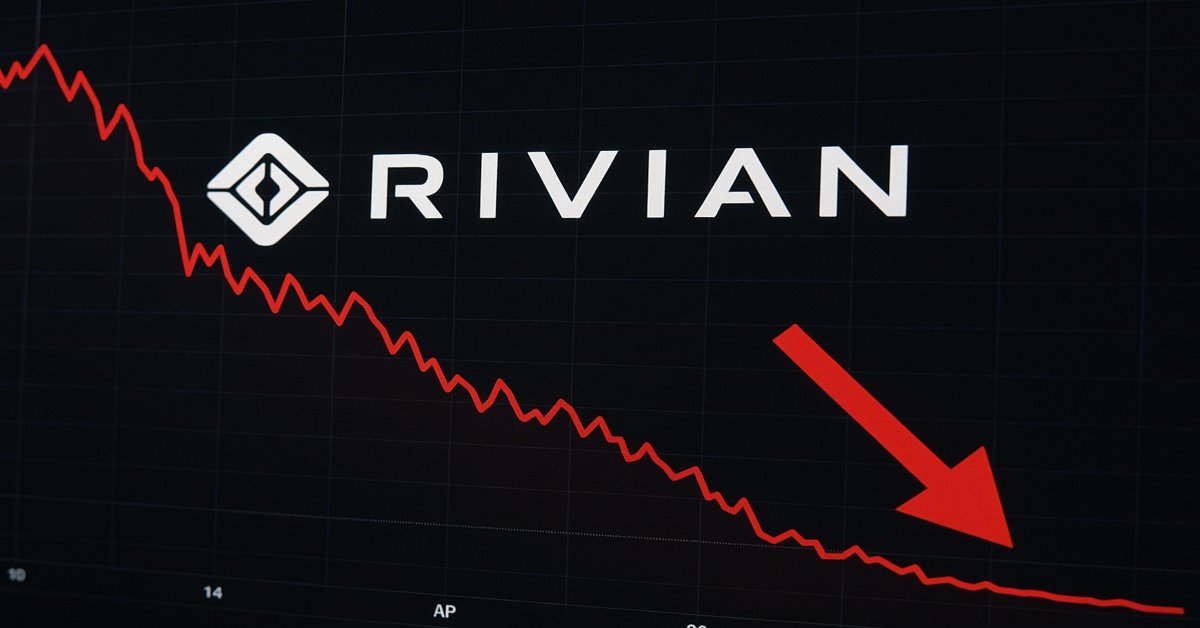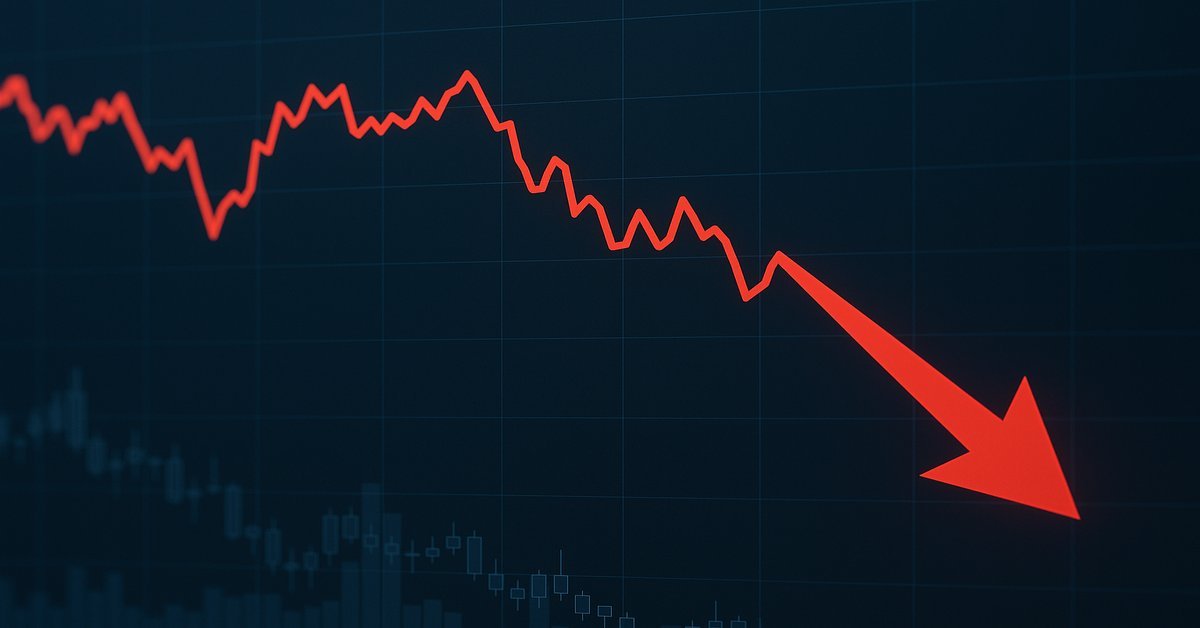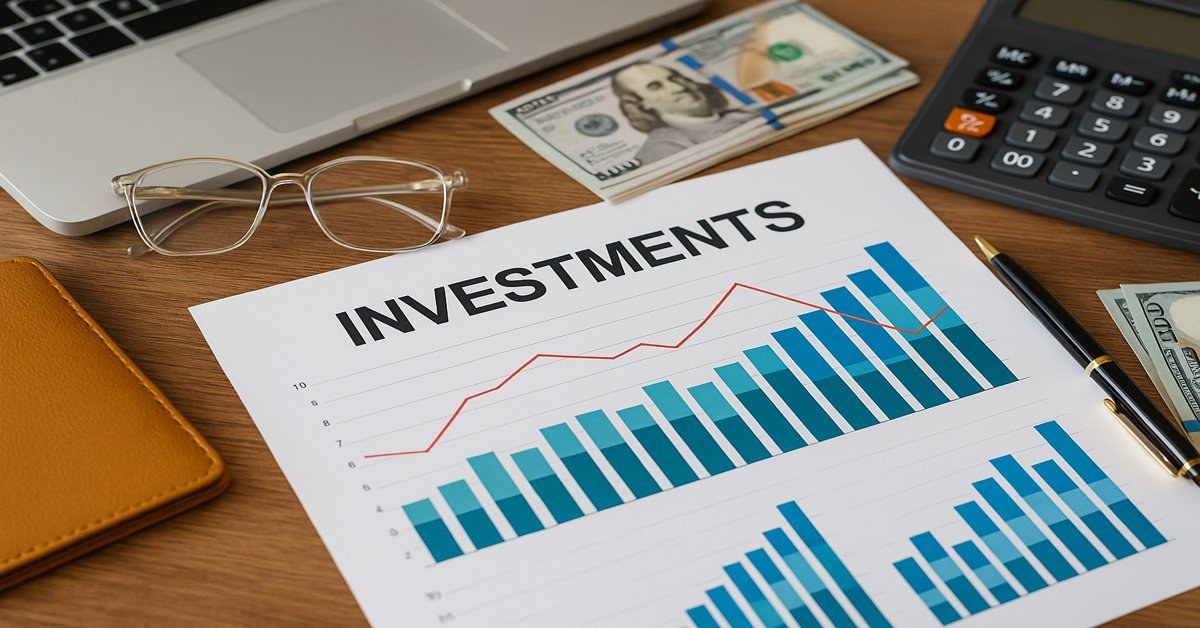Introduction: The Rivian Shock Nobody Saw Coming
The electric vehicle (EV) market was rocked by the Rivian stock fall. Once considered a top contender in the EV space, Rivian experienced a meteoric rise followed closely by an equally sharp decline.
Investors are now left asking themselves — Why Did Rivian Stock Crash? This blog post identifies 7 significant truths behind this unexpected market occurrence.
Each point uncovers a layer of insight into what went wrong, allowing the investor and even the EV enthusiast to gain clarity. Let’s get into the realities of Rivian’s stock crash.
1. The Too-Good-To-Be-True Hype Bubble: An Overheated Price?
Rivian’s IPO was among the biggest in the United States, and the EV market was exploding history, but the hype gave way to speculation that drove the price to levels uncorrelated with fundamentals.
Investors piled in behind EV hype, without any tested performance to hold valuations reasonable, ultimately driving the valuation higher than some legacy automakers.
Investor exuberance was quickly checked by reality. The hype bubble burst, and Rivian’s price began its decline.
Rivian was a victim of its predictions, which set up the reality shock for all future quarters when performance could not measure up to valuation-focused expectations.
2. Production Promises vs. Promises: Why Production Disappointed
Rivian’s early estimates for vehicle production were audacious and high-flying. But it’s easy to claim lofty production estimates, the reality is that delays, labor shortages and supply chain bottlenecks tempered Rivian’s output.
Rivian not only struggled to achieve delivery targets, but it also struggled to achieve even modest goals, leading to disappointment for investors. In a capital-intensive production company, falling behind on production schedules is bad news.
The markets only became less confident after it was confirmed that the promised and actual deliveries were not aligned.
So, with the markets responding, the stock collapsed as optimism morphed into uncertainty about the ability to operate in the current environment and about whether the leadership team could execute.
3. The EV market’s taste test: Tesla, Ford, and the fight for survival
Rivian entered a space largely dominated by publicly owned giants like Tesla and Ford – a pair of competitive advantages for retaining place in the emerging EV market.
While Rivian and the design received accolades for an imaginative vision, the execution would be how to develop and capture a market, increasingly dominated by Tesla’s advanced technology and Ford’s aggressive pivot to the EV market.
The competitive tension mixed with Rivian’s misssteps transformed the investor landscape for Rivian.
And Rivian’s identification as a disruptor was challenged by the competitive strength of its competitors, leading to the stock losing considerable value.
4. The Supply Chain Crisis Rivian Couldn’t Escape
One of the numerous multinational manufacturers severely impacted by the global supply chain problem is Rivian. Components, such as the semiconductor, were disassembled from the supply chain, halting vehicle assemblies and deliveries.
In addition to logistical challenges and the rising costs of raw materials, Rivian was struggling in ways that larger companies with better supply chains and persistent suppliers did not.
In earnings reports, it was obvious that it was struggling. The poor performance was surely one of the largest compounds of issues reflected in the stock crash. The EV dream turned harshly due to real-world limitations.
5. Investor Sentiment Turned From Darling to Doubt
At first, there was a unique excitement from investors about Rivian. The kind of excitement that resembled sports team follies. However, confidence—the foundation of the market—is a brittle idea.
As marks went by and losses mounted, the mood began to shift. Retail & institutional investors began to wonder if Rivian held on to its economic road map, the bundles of negative press, analyst downgrades, and subsequent earnings caused despair, only adding fuel to the fire.
As hope quickly gave way to hesitancy, stock sell-offs closely followed, transforming Rivian from a sweetheart to a symbol of EV overzealousness.
6. Tech Stock Collapse: Why Rivian Came Down with the Rest of The Sector
Rivian’s decline was not in a vacuum. Wider market forces were also a part of the story.
Rising interest rates, fears of inflation, and downtrends in the overall market as a result of a global tech sell-off in 2022 and 2023 impacted growth stocks the most, especially unprofitable growth stocks like Rivian.
As risk-averse investors recoiled from the higher peaks of high-growth sectors, Rivian’s stock fell with the tide.
While the company had a unique vision for its products, it was no match for the macroeconomic tsunami. The decline of Rivian’s stock reflected a host of problems, internal and external alike.
7. Insider Sell-offs and Signals of Shaky Confidence
Some of the most damaging signals for any stock are insider sells. Rivian saw a surge in high-profile stock transactions by early investors and management that garnered significant attention.
While selling shares is not illegal, it is often seen as a lack of confidence in the company to deliver on its promises in the future. Retail investors saw these insider sell-offs as red flags, generating even more panic.
Insider sell-offs combined with the downturn in the market, as well as company-specific concerns, meant that the insider activity was a catalyst for further declines.
Conclusion: Why Did Rivian Stock Crash & What Happens Next
There are more than simple answers to “Why did Rivian stock crash?” – it comprises hype, broken promises, outside influence, and poor decisions.
The market offers us investors a very practical lesson: even the best and newest companies will have to cut beyond that promising runway.
Rivian has a long way to go, but what they call a crash reminds us all that the market rewards only performance, not hypothetical opportunities.
So, with this knowledge, we can assess upcoming projects with a clearer vision and smarter decisions.
People Also Ask (FAQs)
Q1: Why did Rivian stock crash so quickly?
A: Rivian stock crashed because of production delays, supply chain issues, strong competition from other EV manufacturers, and a sharp turn in investor sentiment in the wake of unmet expectations.
Q2: Will Rivian stock rebound from this crash?
A: A rebound will take a commitment from Rivian to improve their production and meet delivery targets, while the competition in the EV market continues to grow.
As investor confidence in Rivian regresses, recovery hinges on the company turning up with contractually binding commitments to their investors and new customers.
Q3: Did the supply chain affect Rivian stock?
A: Yes, the global supply chain crisis delayed Rivian’s production and deliveries, which cut into potential revenues, and created immense pressure for their stock price to fall.
Q4: Did insider selling contribute to Rivian’s stock crash?
A: Yes, executives experiencing losses had insider sell-offs, indicating a lack of internal confidence. This, in turn, triggered panic amongst retail investors, thereby driving the stock price down faster.
Q5: From Rivian’s stock crash, what can investors learn?
A: Learning from Rivian’s stock crash, investors should avoid buying companies simply on hype, and instead begin to evaluate a company on its performance, the execution of deliveries, and eventual financial strengths, to make a sound decision on a long-term investment.
Disclaimer ⚠️
The information provided by us in this article is for educational and informational purposes only. Here, we do not give any advice to buy or sell any stock. Before investing in any company, consult a certified financial advisor. All investments are subject to market risks.

